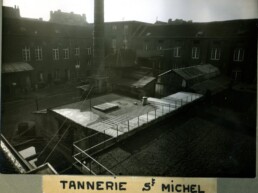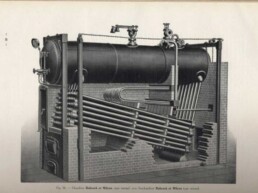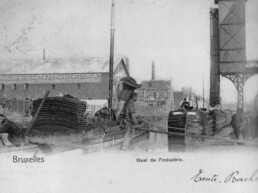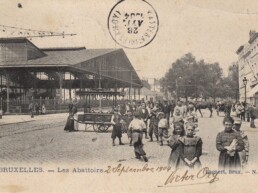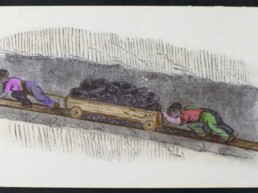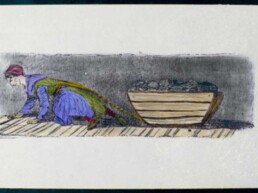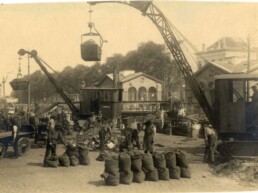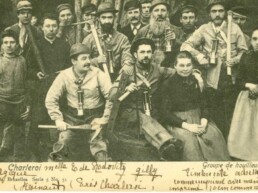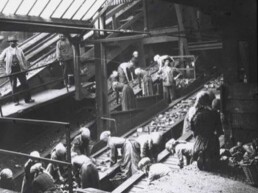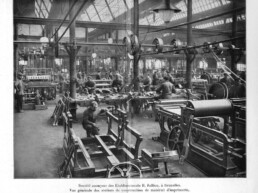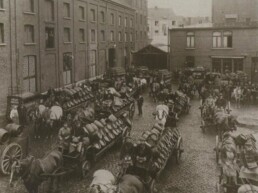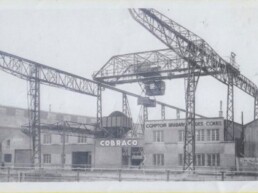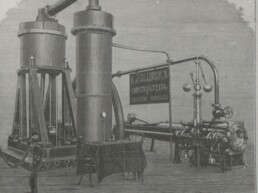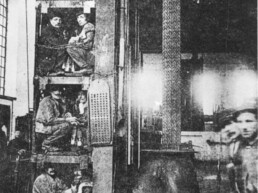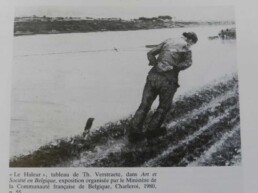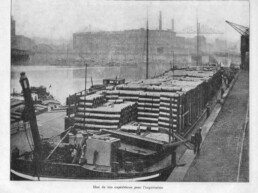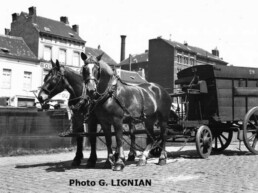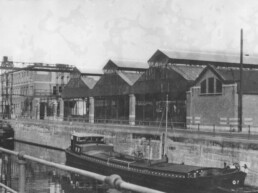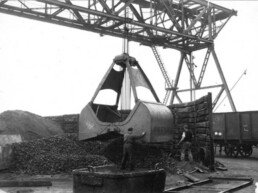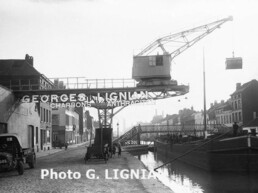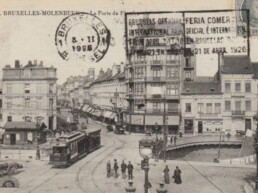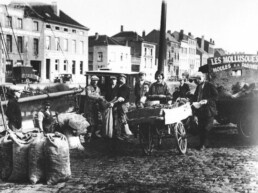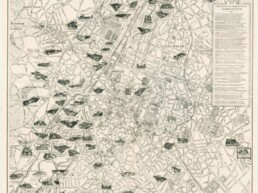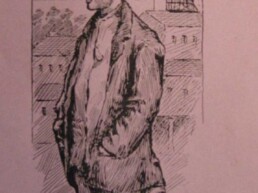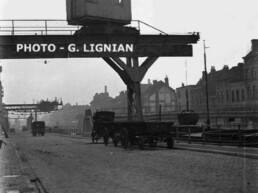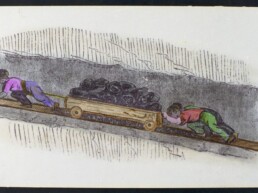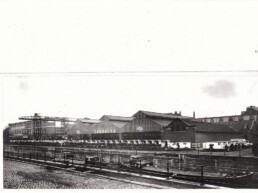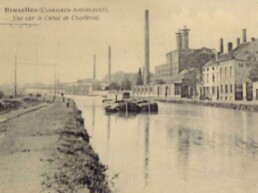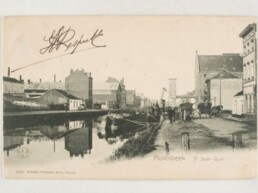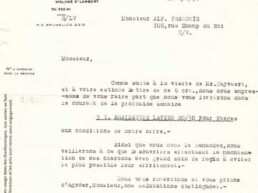Video
At the end of the 19th century, the industrial activity of the canal districts made Brussels the 4th largest industrial city in the world.
All around the place where you are standing, hundreds of large factories and small workshops producedproduced everything needed for the city and for export. Until the 19th century, this was the countryside. Brussels was far away.Between the villages of Anderlecht, Molenbeek or the hamlet of Cureghem, the landscape consisted ofmeadows, often marshy, farms, windmills and watermills.A few decades later a new town was born. The steam engine, from 1760, and then electricity from 1830, transformed all the trades and the way of life. On the canal, barges brought coal from Charleroi and goods to the port of Antwerp, bound for the whole world. Workers work and live in very hard conditions. Child labor is common. The museum of social and industrial history of the foundry is located just a stone's throw from here and this is no coincidence.We invite you to visit it.
LITTLE MANCHESTER
Contact us
02 899 93 01


